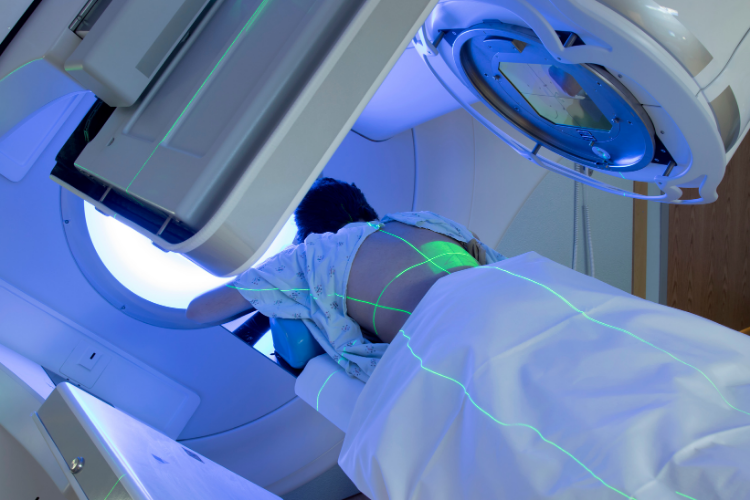The Deep Cancer project – NT2 aims to develop new nanotheranostics for the treatment of deep cancers such as prostate and pancreatic cancers. This project is currently in the drug design phase and the preclinical assays were conducted in 2021. Both prostate and pancreatic cancers are major health issues, especially, pancreatic cancer which is the one with the poorest prognosis. As these organs are too deep to be reached by a Near Infra Red (NIR) laser, photothermal therapy (as used in our Nanotheranostics Project NT1) cannot be considered as a strategy.
For patients who cannot be operated, a therapeutic option is radiotherapy. The disadvantage of this treatment is that health tissues surrounding the tumor are impacted too by the x-rays. In order to decrease the delivered dose to healthy tissues, radio-enhancers can be used. Radio-enhancers are particles which can interact with X-rays and generate secondary radiations. These radiations as the X-rays are able to generate Reactive Oxygen Species (ROS), mainly by radiolysis, inside the tissues.

Radiation therapy | Source: Canva
These ROS induce cells damage leading to death cell. Nanoparticles can be used as radio-enhancers if they are synthetized with a metal having a high atomic number. Thanks to these particles present inside the tumor, the dose of the radiotherapy treatment can be decreased (the interaction x-rays/nanoparticles will compensate the difference) and so the healthy tissues will be less exposed to the radiations.
We are currently working to optimize the couple nanoparticles – irradiation modalities by testing different type of nanoparticles. On the contrary of NT1 project, these nanoparticles will be injected in the blood. Therefore we will also test different functionalization in order to have the best biodistribution in tumours.
Therapeutic approach:
Scientific partners: GIP CYROI, groupe de santé Clinifutur, ICSM (CNRS Marcoule), Université Sorbonne
Patent: 2016 – Gold nanoparticles and ecological preparation process, Patent FR 16/50520, PCT / FR2017 / 050131
